Last updated on January 23, 2023
The Boeing 737 MAX is the third and the latest upgrade of the initial narrow-body aircraft, the Boeing 737, which was first produced in 1966. The 737 family is the highest-selling aircraft made for commercial purposes, followed closely with its competitor, the Airbus A320 family. Across all four generations of the 737, more than 11,000 have been built as of November 2022. The success of this model is highly connected to its simple design, high reliability and efficient engines.
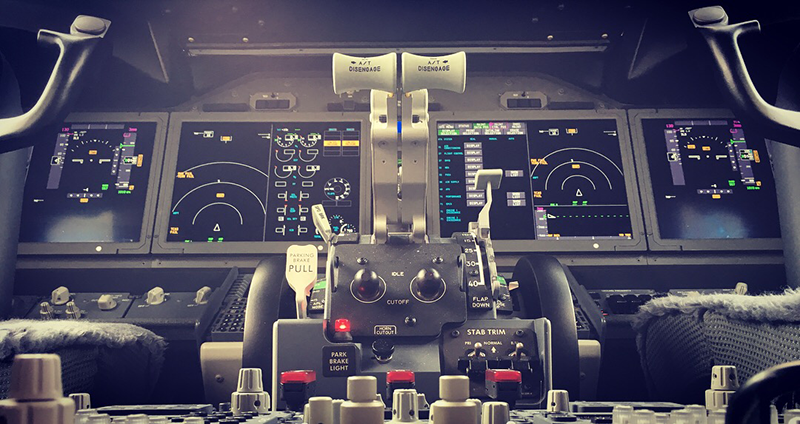
The development of the 737 MAX began in 2006, when Boeing announced plans to create a more environmentally-friendly and efficient aircraft. However, they remained tight-lipped on the details of the project. In response to Airbus’ announcement of the A320Neo in December 2010, Boeing CEO Jim McNerney officially announced that they would be developing a new plane.
Boeing’s board of directors approved the 737 MAX development program in August 2011, with an estimated cost of $10 billion. The aircraft featured a number of design changes, including new engines and winglets, which are small wing-like structures on the ends of the wings that help to reduce drag and improve fuel efficiency. The 737 Max also featured an updated cockpit with larger displays and a more modern design. One of the most significant changes to the 737 Max was the incorporation of CFM International LEAP engines, which are more fuel efficient than the engines used on previous versions of the 737. To be exactly precise, the goal was to create an aircraft with 14% lower fuel consumption than the 737NG and 4% lower than the A320Neo. This included replacing the engines and making modifications to the aerodynamic performance of the nacelles, tail cone and vertical stabilizer. The 737 Max also featured an advanced fly-by-wire system, which allows the pilot to control the aircraft through the use of electronic signals rather than mechanical linkages.
When we’re talking about the development of Boeing’s 737 models, we must mention the first model that was equipped with Pratt & Whitney JT8D engines, while the next upgrade, the 737 Classic, came with CFM-3 engines. The 737 Next Generation (NG) featured CFM-7 engines, and the latest model, the 737 MAX, comes equipped with CFM-Leap engines. In the beginning, the 737 MAX came in three variants: the MAX-7, MAX-8, and MAX-9, which were intended to replace the 737-700, 737-800, and 737-900. However, the market showed a need for an even longer version, so Boeing released a fourth variant, the 737 MAX-10, which can seat up to 230 passengers.
Production of the 737 MAX began in 2015 at Boeing’s facility in Renton, Washington. The first aircraft, named the “Spirit of Renton,” was delivered to Southwest Airlines in December of that year. In order to keep up with the high demand for the 737 MAX, Boeing announced a collaboration with China’s Comac to build the first 737 MAX production facility outside of the United States. Initially, the production rate was set at 42 aircraft per month, but this was later increased to 57 before being reduced to 48 due to engine production constraints.
This connection with China helped Boeing to build a strong and growing presence in this country, with a number of facilities and partnerships. These facilities play a key role in the company's global supply chain and contribute to the growth and development of the Chinese aviation industry.
One of main facilities in China is its Shanghai facility, which is a joint venture with Shanghai Airport Authority. This facility is a major hub for the company's operations in China, including aircraft maintenance, repairs, and modifications. It is also home to over 1,200 employees, many of whom are Chinese.
Boeing's Tianjin facility is another key player in the company's operations in China. This facility is a joint venture with China Aviation Supplies Holding Company and is focused on the production of aircraft components. It produces wing parts and fuselage panels for the 737 and 777 planes, which are used in airplanes around the world.
Boeing also has facilities in Chengdu and Guangzhou, which are focused on aircraft maintenance and repair, as well as research and development. These facilities are joint ventures with Chengdu Aircraft Industry Group and Guangzhou Airport Authority, respectively.
In addition to these facilities, Boeing also has partnerships with a number of Chinese companies, including COMAC (Commercial Aircraft Corporation of China) and AVIC (Aviation Industry Corporation of China). These partnerships help to strengthen the company's presence in China and support its growth in the region.
Overall, Boeing's facilities in China play a vital role in the company's global operations and supply chain. They are a testament to the strong connections and partnerships that the company has built in China and demonstrate the importance of the Chinese market to Boeing's success.
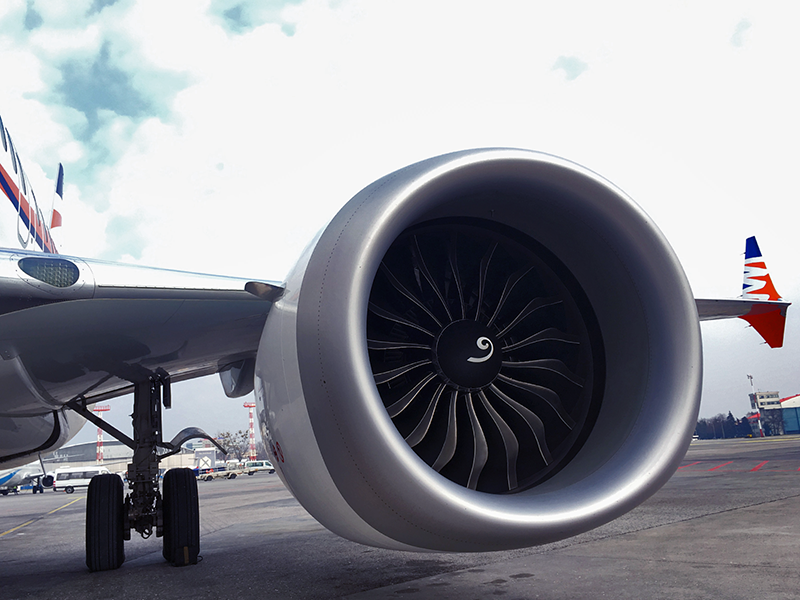
The first flight of the 737 MAX took place in January 2016. and after over 2,000 flight hours of testing, the aircraft was certified by the Federal Aviation Administration (FAA) in March 2017. The first delivery was made to Malaysian carrier Malindo Air in May of that year, and the aircraft entered public service six days later. In total, 74 aircraft were delivered in 2017. to airlines including Norwegian, Southwest and Fly Dubai.
For making its first flight, Boeing 737 MAX had to take a number of innovations and enchancements over previous models of the 737. Some of the main innovations included:
For making its first flight, Boeing 737 MAX had to take a number of innovations and enchancements over previous models of the 737. Some of the main innovations included:
For making its first flight, Boeing 737 MAX had to take a number of innovations and enchancements over previous models of the 737. Some of the main innovations included:
- More fuel-efficient engines - The 737 Max was equipped with more fuel-efficient engines, which helped to reduce fuel consumption and emissions. This was a key selling point for the aircraft, as it made it more cost-effective for airlines to operate.
- Improved wing design – This aircraft featured an improved wing design that helped to reduce drag and increase lift. This made the aircraft more aerodynamic and helped to improve its performance.
- Enhanced electronics – This provided pilots with more information and improved situational awareness. It also included a new head-up display (HUD) that projected important information onto the windshield, making it easier for pilots to access critical data.
- Larger passenger capacity - The 737 Max had a larger passenger capacity than previous models, making it more cost-effective for airlines to operate. It could seat up to 230 passengers, depending on the configuration.
Overall, the innovations in the Boeing 737 Max helped to make it a more efficient and cost-effective aircraft for airlines to operate. However, the faulty Maneuvering Characteristics Augmentation System (MCAS) software system ultimately led to the tragic crashes of Lion Air Flight 610 and Ethiopian Airlines Flight 302, resulting in the grounding of the aircraft worldwide, which will be said more about in the following text.
The Boeing 737 Max has consistently been a popular choice for airlines over the years. It has undergone several updates and upgrades since its production and each new version of the aircraft has been well-received by the market. The 737 Max was really successful, with over 5.000 orders placed for the aircraft before ,,troubles in paradise’’. These two troubles made a significant change of the Boeing’s 737 Max position in the aviation industry. We’re talking about worldwide known airplane crashes.
On March 10. 2018, a Lion Air flight operated by a Boeing 737 Max crashed into the Java Sea, killing all 189 p eople on board. An investigation into the crash found that a faulty sensor had triggered an automatic system that pointed the nose of the plane downward, causing the crash.
Then, on March 10. 2019, an Ethiopian Airlines flight operated by a Boeing 737 Max crashed shortly after takeoff, killing all 157 people on board. An investigation into this crash also found that a faulty sensor had triggered the same automatic system, leading to the crash.
In the aftermath of these crashes, the Boeing 737 Max was grounded by aviation authorities around the world, and Boeing was forced to make numerous design changes to the aircraft in order to address the issues that led to the crashes. The Boeing 737 Max was eventually cleared to fly again in November 2020, after a lengthy process of testing and regulatory review.
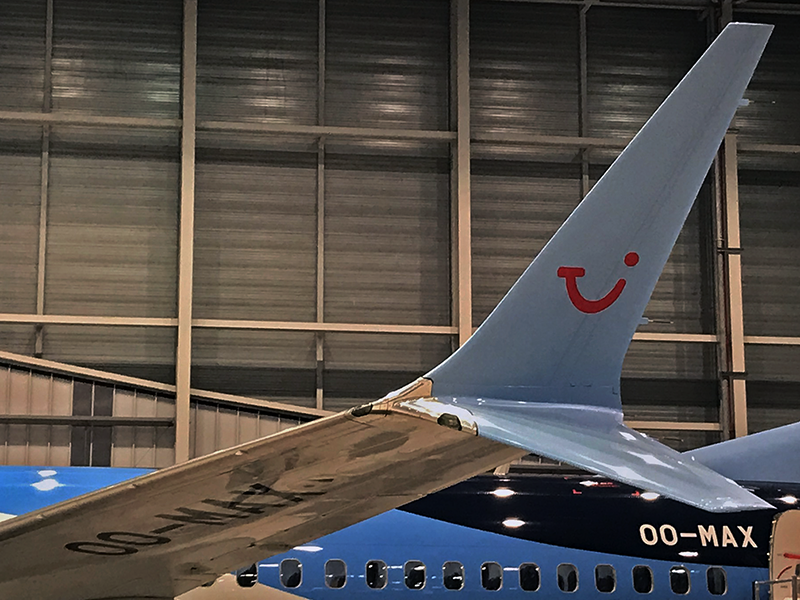
Investigations into both crashes revealed that a faulty software system, known as the Maneuvering Characteristics Augmentation System (MCAS), was a contributing factor in both disasters. The MCAS system was designed to prevent the aircraft from stalling, but it was poorly designed and caused the planes to dive unexpectedly, leading to the crashes.
After these two crashes, Boeing 737 Max faced widespread comments and reactions from various parties. Some of the main comments included:
- Officials and families of victims expressed their condolences and called for accountability and justice for the victims.
- Boeing faced criticism and backlash for its safety standards and practices, as well as its handling of the crisis. Some called for the company to be held responsible for the crashes.
- The Federal Aviation Administration (FAA) faced criticism for its close ties to the airline industry and for its certification process. There were calls for an overhaul of the agency's regulatory practices.
- Many expressed concerns about the safety of the 737 Max and questioned the process by which it was approved for commercial use.
- Governments and airlines around the world grounded the 737 Max planes, causing disruptions and financial losses for Boeing and affected airlines.
- There were numerous lawsuits filed against Boeing in the wake of the crashes.
- There was also a call for greater transparency and accountability in the aviation industry to ensure the safety of passengers.
Despite the devastation caused by the crashes, there is hope for the future. The FAA has announced new regulations and oversight measures to ensure the safety of passengers in the future. To get back on track, the Boeing 737 Max had to take a number of steps, including:
- Fixing the faulty software system: The main issue with the 737 Max was the faulty Maneuvering Characteristics Augmentation System (MCAS) that caused the planes to crash. Boeing had to redesign the software and fix the problems to ensure the safety of the aircraft.
- Implementing new safety protocols: In response to the crashes, Boeing implemented new safety protocols and procedures to prevent future tragedies. This included changes to the design and testing of the 737 Max, as well as increased training for pilots.
- Obtaining regulatory approval: To get the 737 Max back in the air, Boeing had to obtain approval from regulatory agencies, including the Federal Aviation Administration (FAA) in the United States. The company had to demonstrate that the aircraft was safe and meet all regulatory requirements before it could be cleared for use.
- Addressing legal and financial issues: Boeing faced numerous lawsuits and financial losses following the crashes. The company had to work to resolve these issues and address the concerns of affected parties.
- Improving public relations and communication: In the wake of the crashes, Boeing faced public scrutiny and negative public perception. To get back on track, the company had to work to improve its public relations and communicate effectively with the public, regulators, and customers.
While the road to recovery may be long and difficult, it is clear that lessons have been learned and steps are being taken to prevent future tragedies.
The Boeing 737 MAX-7, the smallest model in the 737 MAX series, could receive certification in 2023, according to the Federal Aviation Administration (FAA), which underlined that the aircraft won't be approved in 2022.
According to Billy Nolen, the acting administrator of the FAA, the aircraft would not have its certification documents by the end of the year 2022. This is confirmed by the President and CEO of Boeing, who said during Boeing Investor Days in November 2022, that the company is working with the FAA and expects the smallest variant of the 737 MAX to be certified in early 2023.
In the past, however, Boeing assumed that the FAA would approve the 737 MAX -7 in 2022. Boeing CEO David Calhoun continued to express optimism that this would be the case in September 2022. His hopes continued even when FAA's Nolen stated he would "not commit to a timetable" for certifying either of the two 737 MAX models yet to be approved.
Boeing faces the possibility that two of its aircraft are in violation of a law that requires certified aircraft to be equipped with advanced alert systems. The law goes into effect Dec. 31, 2022, and by then the aircraft manufacturer must equip both the 737 MAX - 7 and 737 MAX - 10 with systems that are required by the Aircraft Certification, Safety, and Accountability Act (ACSAA).


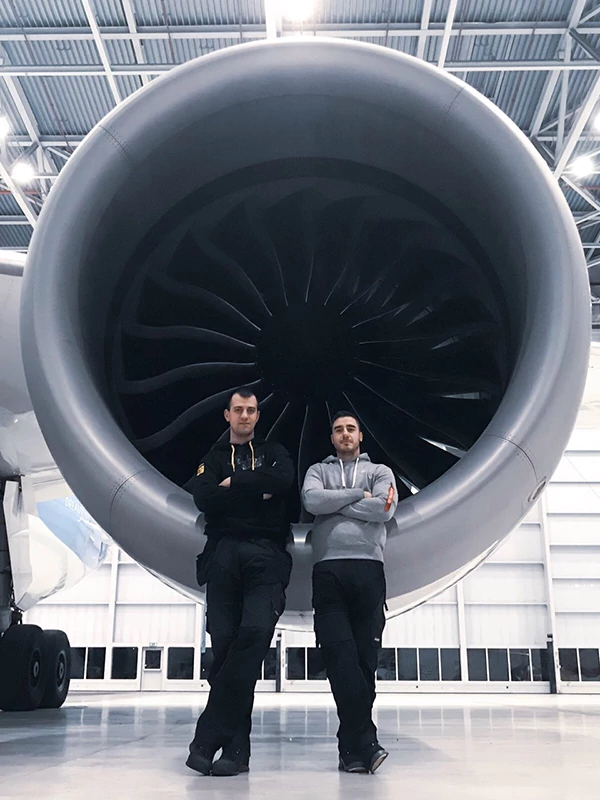
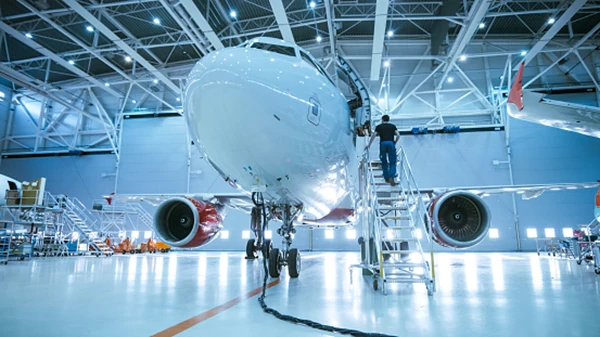
Be First to Comment